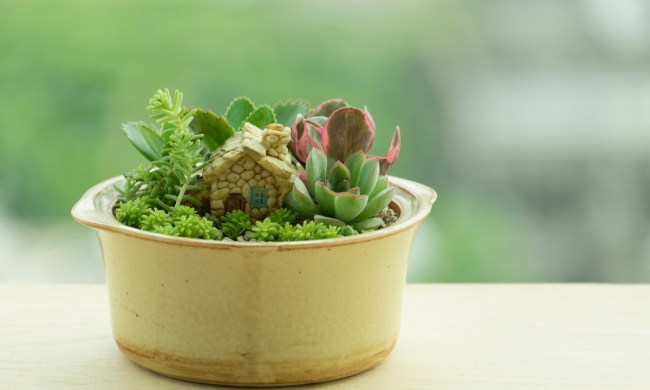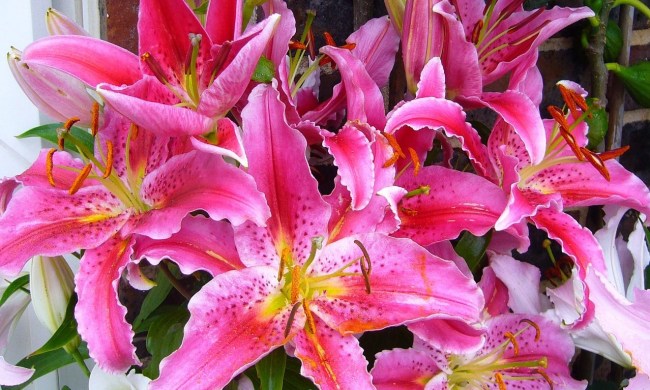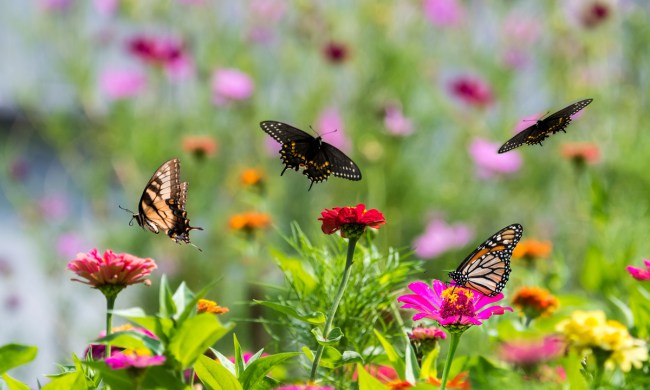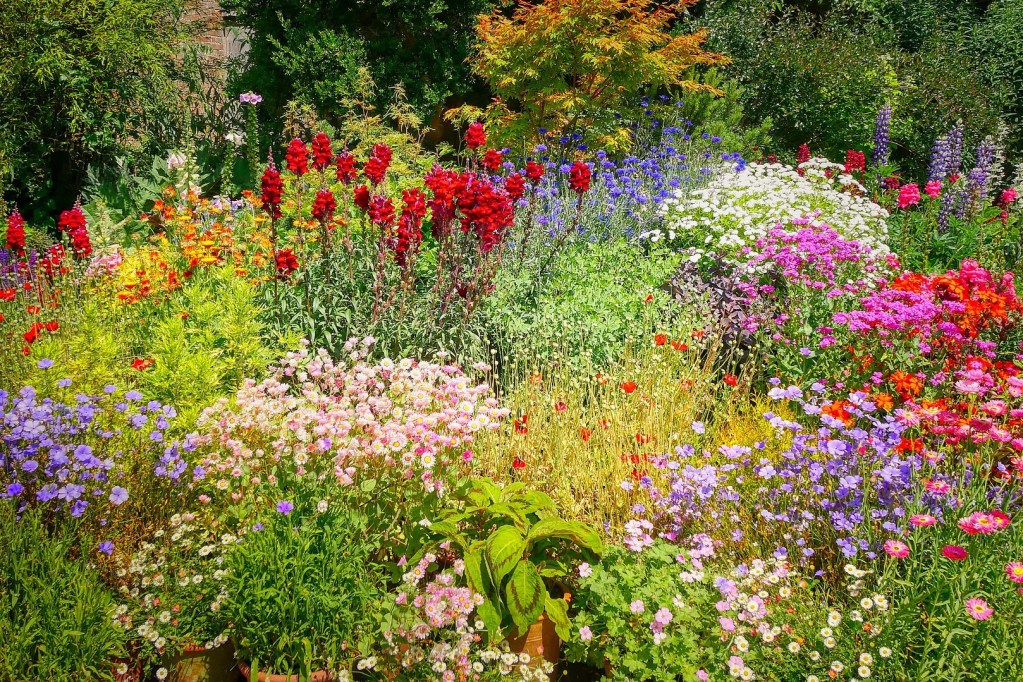
There are many types of gardens to choose from. When listing types of gardens, you might think of flower, vegetable, or herb gardens. One type of garden that often goes overlooked is the natural garden. If you’ve never heard of natural gardening or natural landscaping, or aren’t sure what a natural garden entails, then you’re in the right place! We’ve compiled several great tips to help you design your own fantastic natural garden.
What is a natural garden?

Natural gardens, also sometimes referred to as natural landscaping or native gardens, are gardens made up of native plants. Striving to mimic nature, they make use of organic gardening principles, such as avoiding pesticides and chemical fertilizers.
By growing plants that are naturally suited to your local climate and soil, you greatly reduce the amount of work needed to maintain the garden. Since the plants are accustomed to your local rainfall levels, soil type, and insects, you’re less likely to have to modify the soil, protect them from the elements, or give them supplemental water.
What to plant
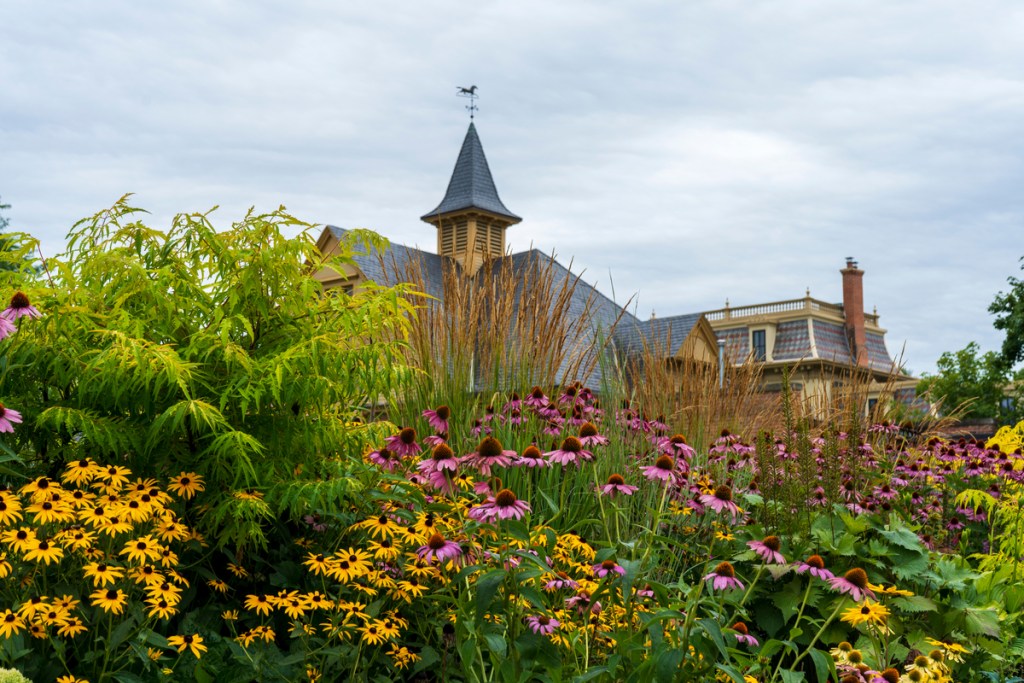
Growing native plants is a major component of a natural garden. Start by looking for plants that are native to your region broadly and then narrow it down to your specific area. For example, you might consider plants native to the East Coast, then narrow it down to plants native to North Carolina, and then narrow it further to plants native to the mountains. The more specific you can get, the better off you’ll be, but don’t worry too much if you can’t find any region-specific information.
Look for heritage or heirloom varieties in particular. The definitions of heritage and heirloom vary between sources, but they typically refer to older and open-pollinated varieties. The exact age a variety needs to be in order to be considered heritage or heirloom varies, but the most commonly accepted age is 50 years or older. Open pollination means you don’t need to control the pollination of the plant in order to get seeds that are the same variety as the parent plant.
What to avoid planting
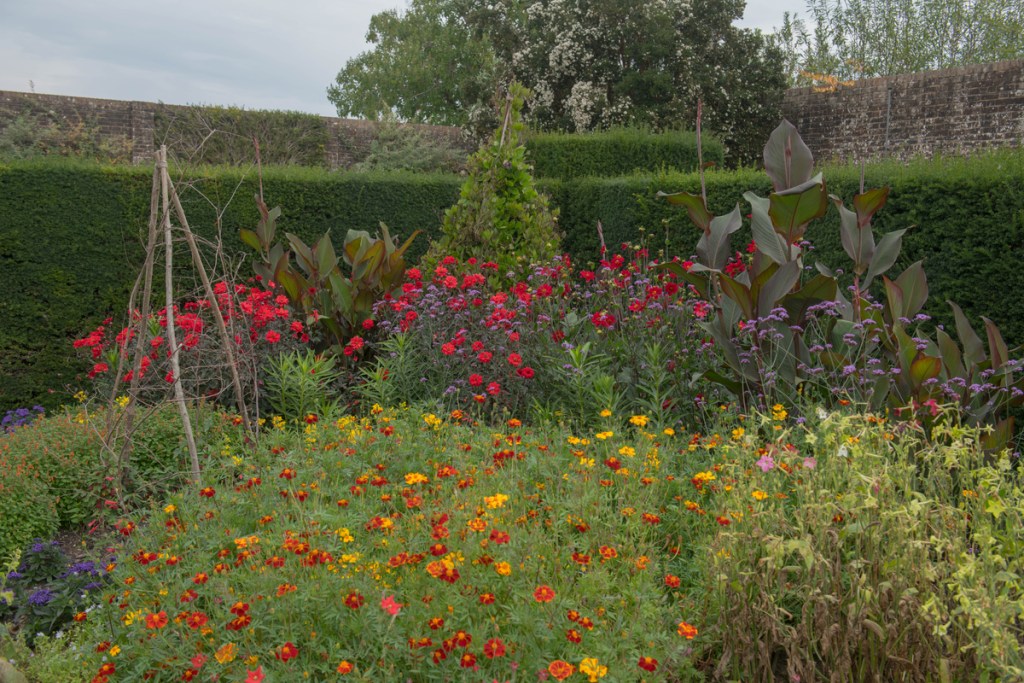
Knowing the difference between native, naturalized, and invasive species is helpful when selecting plants for your natural garden. Native plants evolved in a particular area without human intervention. They have been part of the ecosystem for a long time and are specifically suited to that environment.
Naturalized and invasive plants are both species of plants that are from elsewhere and begin to grow and spread in an area they are not native to. Invasive species are harmful to the local environment. With plants, this typically comes in the form of out-competing native species for space or nutrients. Naturalized plants, on the other hand, are less harmful to the environment or are less likely to spread. Avoid both naturalized and invasive species for natural gardens.
Pay attention to plant species when selecting your plants, as not every species in a genus is native to the same place. Take honeysuckle, for example. Honeysuckle (Lonicera) is a genus of plants made up of many species. However, not all are native to the U.S., such as Japanese honeysuckle (Lonicera japonica), which is invasive in the U.S. Common honeysuckle (Lonicera periclymenum) is considered naturalized rather than invasive, and coral or trumpet honeysuckle (Lonicera sempervirens) is native to the eastern United States.
Caring for natural gardens
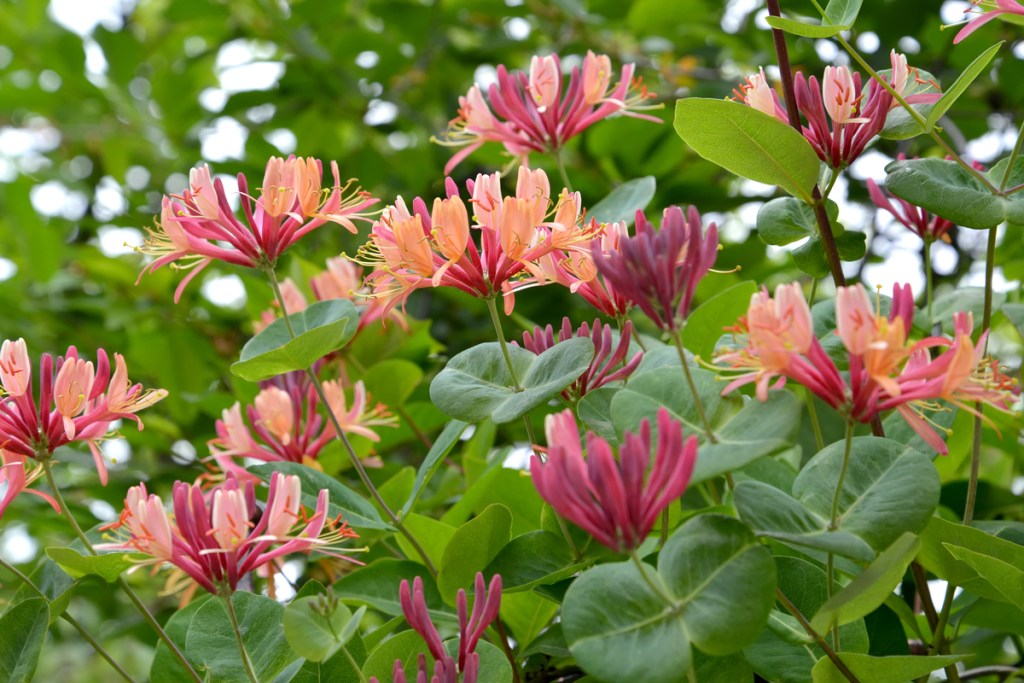
Nature will do most of the work after you plant the ones you’ve chosen for your garden. If you decide to start some or all of your plants from seed, then you may want to start your seeds indoors or give them extra water while they germinate. This isn’t strictly necessary, but it speeds up the germination process.
Natural gardens shouldn’t need any fertilizers or pesticides. There are a few exceptions, but in most cases, they aren’t necessary. You may see pest damage to some of your plants, and that’s okay. The goal of a natural garden is to create a little ecosystem, and ecosystems include insects.
If you’re including trees and shrubs in your natural garden, you may need to prune them occasionally. Focus primarily on removing dead or diseased limbs. If your garden is near a structure, then pruning or trimming can keep their size in check, so they don’t grow too close to the structure.
Natural garden strategies
To keep your natural garden running as seamlessly as possible, consider these garden design strategies.
- Pick the just-right native plants for your space. While native plants should thrive in your local area, your particular landscape conditions may not be the most accommodating home for every native plant. Before you bring a plant into your landscape, double-check its care requirements to see if you have enough light and space for it.
- Layer your garden with a variety of plants and be mindful of their growing schedule. For layered visual interest throughout the year, consider growing not only flowers, but also shrubs, trees, and grasses.
- Consider non-plant decor and structures to add focal points to your garden. Pathways and water features can add to your natural garden’s appeal.
When to break the rules
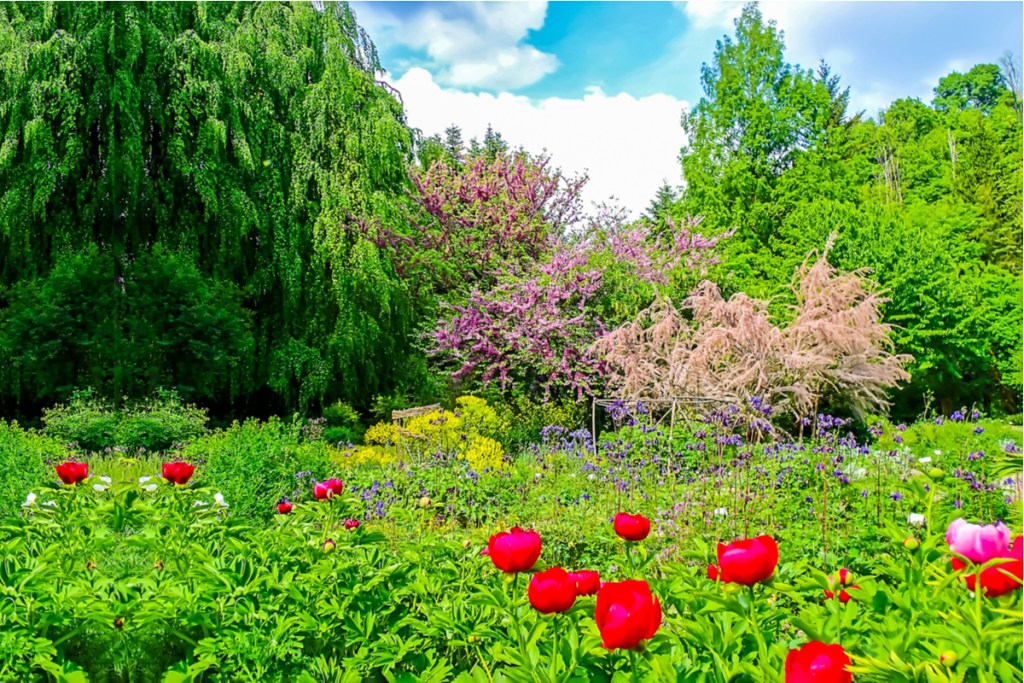
Although most natural gardens survive and thrive without fertilizer or pesticides, there are two notable exceptions. First of all, pesticides may be necessary if you have an invasive pest in your area. Invasive pests often do more damage, since they don’t have any natural predators in the area. Moreover, if the soil where you’re gardening has already been heavily altered, then you may need to go in with soil additives to return it to its natural state. You might run into this issue if you’ve had a garden in the same area previously or if you live in an urban setting, where there may be rocks and debris in the soil that wouldn’t naturally be there.
Natural gardens may not be right for everyone, but they are a great way to add a touch of nature to your yard. At the end of the day, they’re excellent for the environment, since you’re growing native plants and avoiding invasive species and harmful chemicals.

